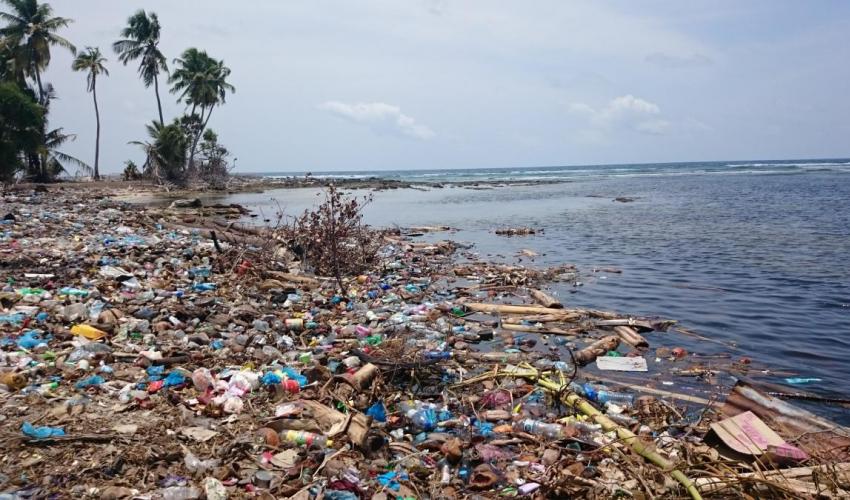Waste was not an issue in the Maldives until very recently. Up until the mid-80s, most household garbage was organic and would decompose when discarded. However, with an increase in the production and consumption non-biodegradable products such as single-use plastics, this was no longer the case.
The waste management practice in inhabited islands are inadequate when compared to Greater Male’. In Greater Male’’ WAMCO operates to collect unsegregated daily waste from Households. On the outer islands, waste is generally collected by the island councils, community and private operators, normally outsourced by the Council or carried out by householders themselves and taken to an Island Waste Management Centre (IWMC), or other designated disposal sites. In many islands, women of the households carry the waste to the disposal site. The practice varies depending on the infrastructure and systems available.
Aside from the aesthetics on the island where the waste is generated, waste thrown on beaches can easily be washed into the ocean during high tide. These waste may sink to the sea or get trapped in the reefs or wash ashore on other beaches. Unfortunately, this is common unpleasant scenario in many Islands.
The most common food disposal method is dumping into the sea and open burning. Survey Data collected on 11 Islands in zone 3 by Rapid Assessment of Perceptions (RAP)(Community Capacity Building and Public Awareness, Greater Male ‘Environmental Improvement and Waste Management Project) indicate 37% of people dump waste into the sea, 32% of people Dump waste to Island Waste Management Centre, 21% Dump waste to open area designated for disposal, 2 % dump waste on to the beach and 8% others.




